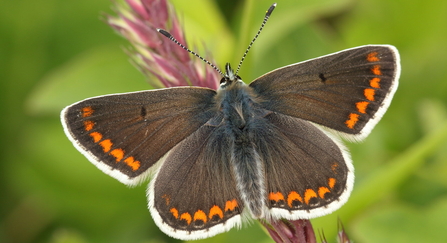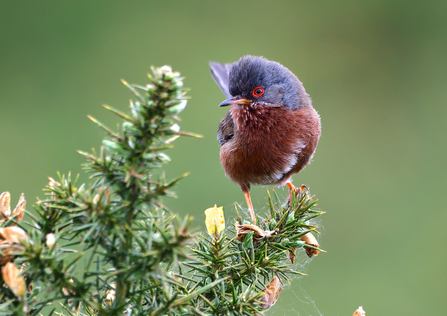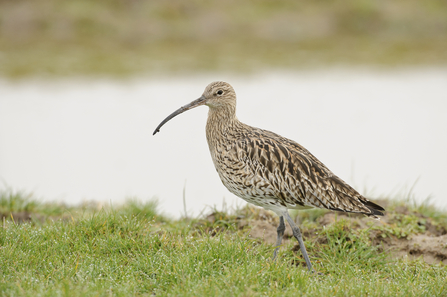The highest number of glow worms ever recorded at a nature reserve was one of the highlights of the year for Berkshire, Buckinghamshire & Oxfordshire Wildlife Trust (BBOWT).
The Trust also saw record numbers of orchids, a rare golden hoverfly and goshawks breeding at a woodland for the first time.
However numbers of butterflies, dormice and other beloved species continued to decline and the Trust has warned people that urgent action is needed to help wildlife on our doorsteps - or it could be lost forever.





